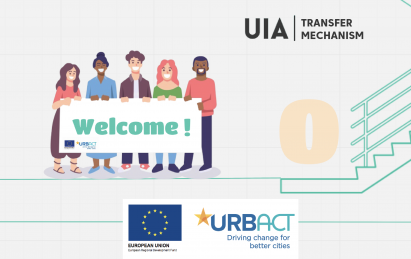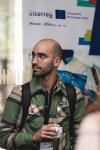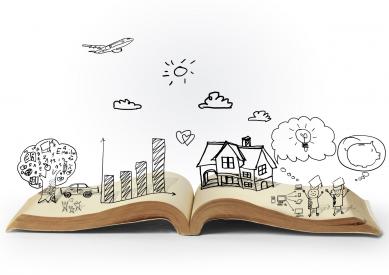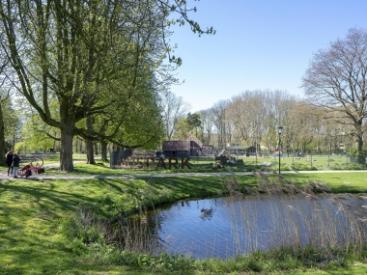HEALTHY CITIES: A várostervezés és az egészség összekapcsolása
MIÉRT FONTOS VÁROSUNK EGÉSZSÉGSZEMPONTÚ TERVEZÉSE?
Szinte minden várostervezési politika és intézkedés hatással van az emberi egészségre. Ön kerékpárral vagy autóval jár munkába? Kapcsolatba lép közben a közösséggel, vagy csupán keresztülingázik rajta? És amikor stresszesnek érzi magát, könnyen elérhető az ön számára valamilyen közeli zöldterület, hogy kifújhassa magát? Amikor az emberek meghallják az egészségpolitika szót, általában a kórházakra gondolnak. De az egészség egy holisztikus, több tényezőből álló dolog, főleg, ha várostervezésről beszélünk. A városi környezet megtervezése abból indul ki, hogy a lakosságnak szüksége van-e ilyen kórházakra és azok szolgáltatásait milyen gyakran veszi igénybe. A várostervezők határozzák meg a tervezés helyszíneit, a szolgáltatásokat, és rengeteg tudományos bizonyíték támasztja alá, hogy ezek a tényezők bizony nagy hatással vannak a lakosság egészségére. Az ISGLOBAL a légszennyezést, a zajt, a hőt, valamint a fizikai aktivitás vagy a természetes tér hiányát azonosította a városban élő emberek egészségkárosító tényezőiként (lásd 1. ábra). A jó várostervezés azonban nemcsak enyhítheti ezeknek a veszélyeknek a hatását, hanem elősegítheti egy minden szempontból egészségesebb város létrejöttét is.











